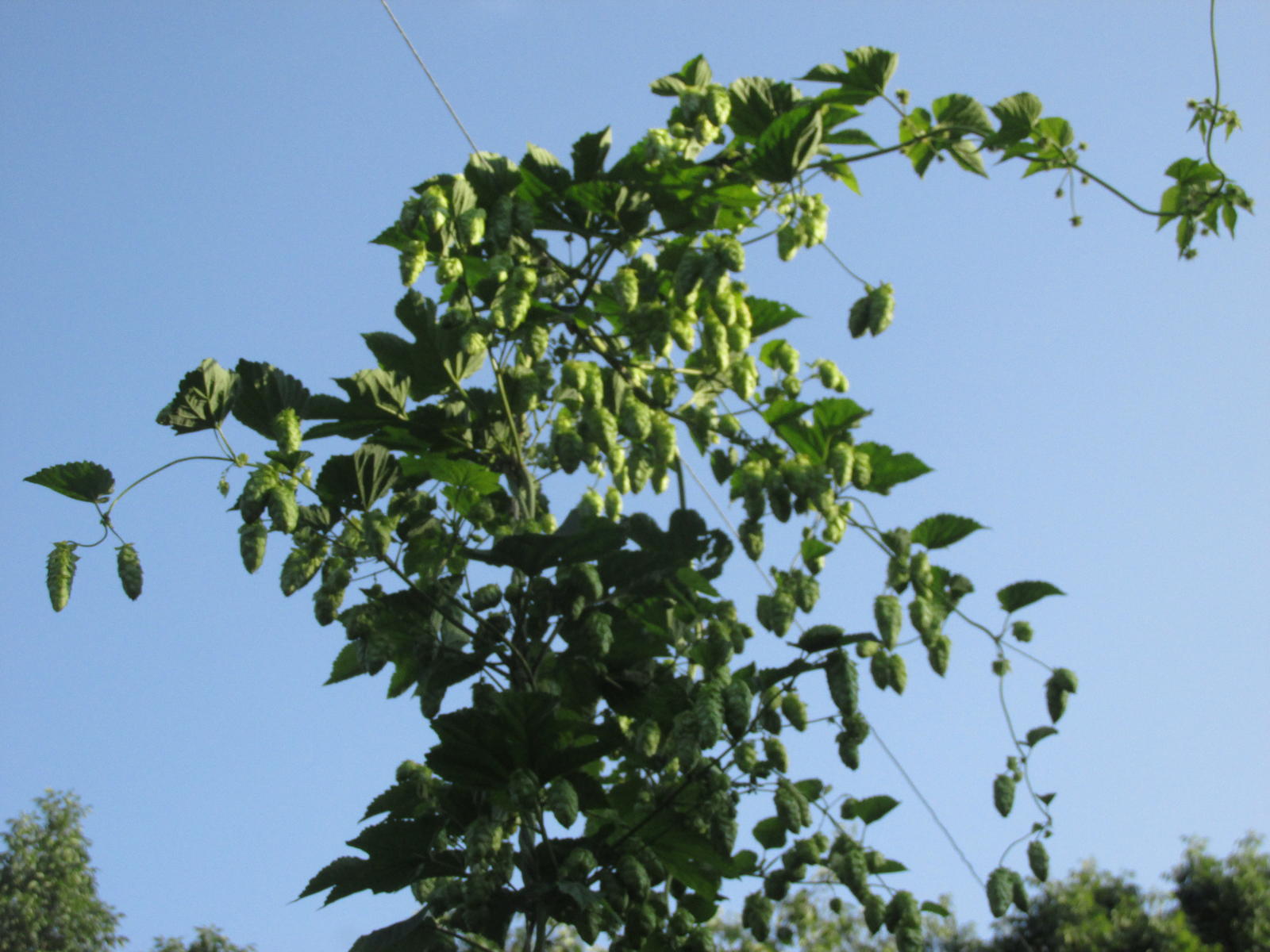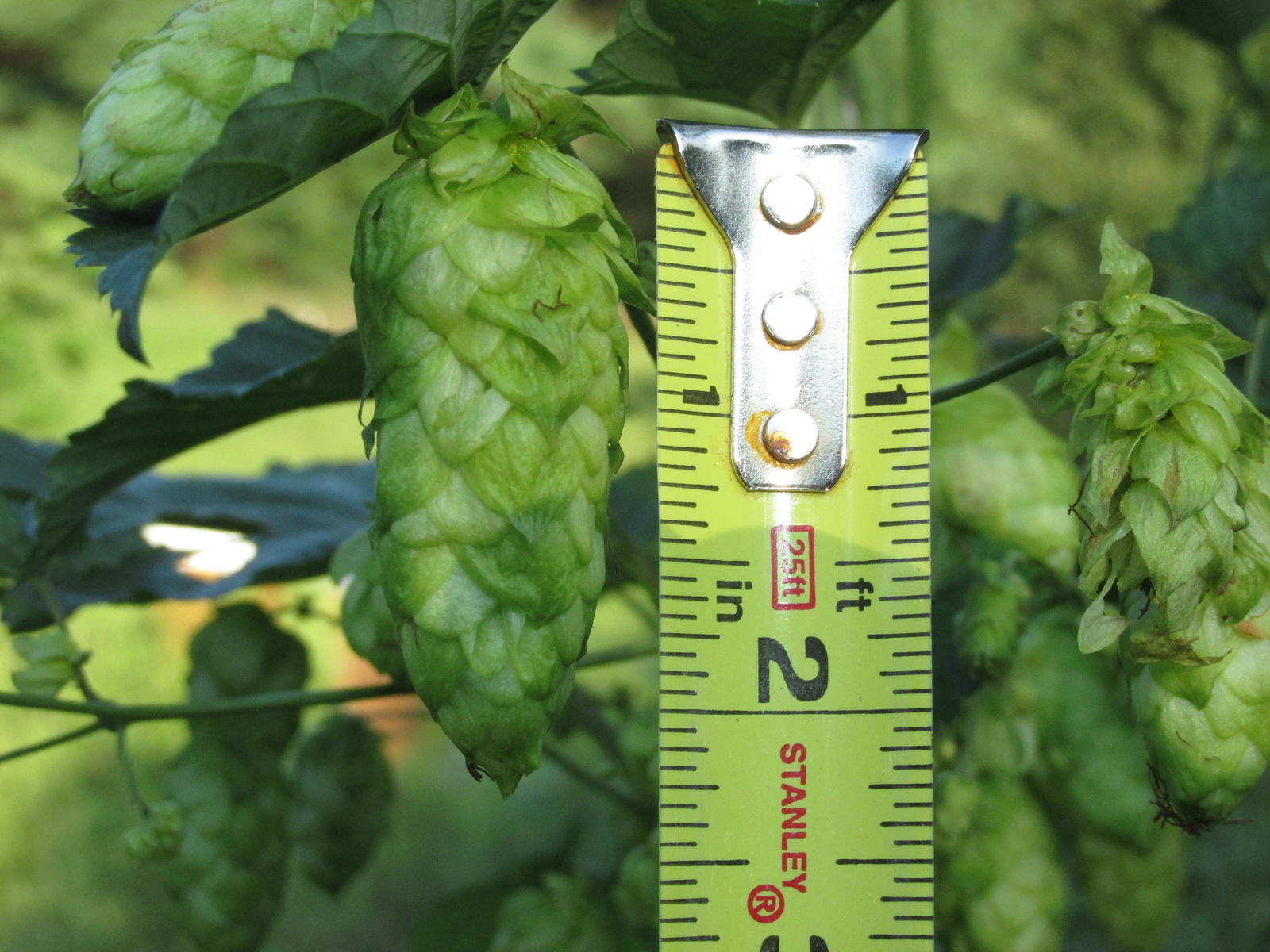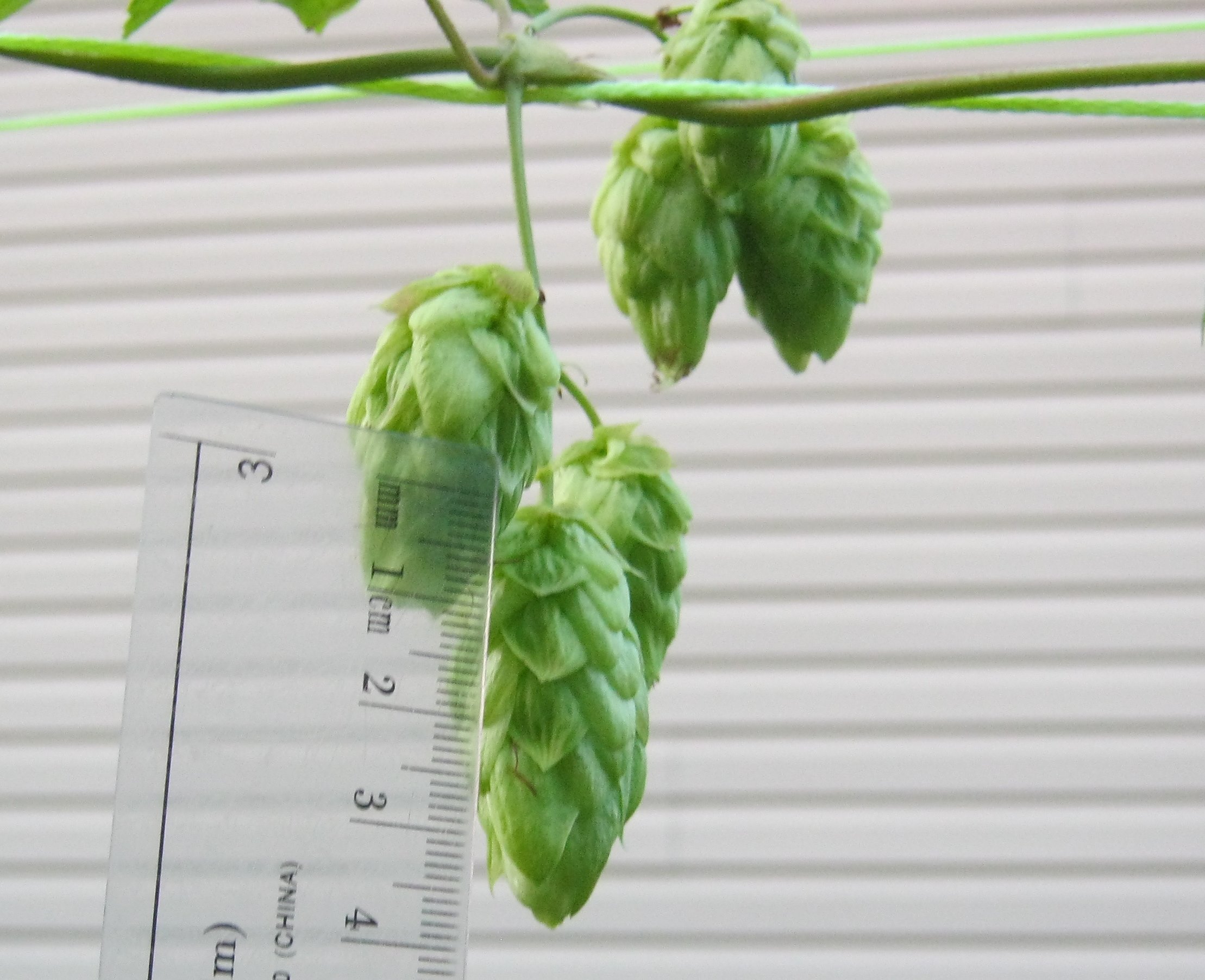alane1
Well-Known Member
Are these from the "wild" plants or from cultivars?
They're not wild, a lot of them were sourced through the internet. I'll have no idea what their lineage is until I've made my own crosses.

Are these from the "wild" plants or from cultivars?


Here's a peek at one of the Cascade crosses:
Here's a peek at one of the Cascade crosses:



I guess it is also a good time to mention: out of over 40 seedlings bred from feminized pollen, all but 4 are covered with only cones/burrs (90% female). The other 10% started with male flowers, but each now has a mixture if male & female flowers...
So, breeding with feminized pollen seems to be possible - however, it may result in a higher percentage of hermaphroditic plants.





I have also been updating a "family tree" chart for the seedlings. It's hard to find accurate information on some of the commercial varieties, so let me know if anything looks off. Full version over on Gliffy >>

Have you screened them for disease tolerance yet?
That's step will start next spring. I don't really want to introduce mildew to the hop yard directly. The current plan is to transplant cuttings to another location for disease testing.
I would appreciate any guidance on judging the tolerance. Should I plant some known varieties for comparison?
I would appreciate any guidance on judging the tolerance. Should I plant some known varieties for comparison?
Geeeeeeee !! I harvest my seeded cones yesterday. Over 200 seeds so far. Very time consuming (... I must admit that the Imperial IPA was not helping me to go faster). It was a yellowy / oily / smelly fingers festival !
I still have around 40 cones to go through...

View attachment 225661View attachment 225662
Everywhere I turn, there were more females. I couldn't believe it, it was like a gold mine of hops.
Sent from my iPhone using Home Brew
What a waste of cones !! :cross:
Hope that they are full of seeds at least.



I just want to say that I love the scientific approach you guys have used in this study. I really hope you guys get something good from all this work. Every time o try and germinate seeds I get nothing but an shattered hopes and dreams... But this thread has renewed my interest. Next time i will try doomed of the techniques you guys have used.
I do have a question though... What do you do with all the culls? It makes me sad to think that you are ripping them up and throwing them away, especially if they produce not horrible cones. Why not send them out into the wild? Let some other home brewer happen upon them
That is a really good point, and I never thought of it from that perspective. Thanks.
I will definately keep that in mind once my breeding program kicks off (if I can ever get these things to germinate).
I was basing my growing on all the other plants and flowers I have grown where germination is pretty high so I was only planting a few... and I wasn't doing a cold stratification... so essentially I was going about it all wrong. So that's fun.
I do plan on following the steps you guys have laid out and hopefuly getting some results. I have generally been using seeds I find in my hops so my diversity is pretty small. I would like to look into the vendors, but I think you (PBJ) warned about them not having verifiable stock...
I love watching things grow. I love the idea of having a unique house hop that I can brew with and share. I am not looking to breed the next big thing, just something that will be my own... ya know?
But I think the grown from seed avenue is way cooler than 'I found this little guy struggling for life out on the reef' approach.
But you're saving time with this "little guy on the reef": he has already prove that he can survive the environnement and its diseases.
DC, it is not proven that the little fella can survive disease. The disease must be present, and the environment must be conducive to its growth. If the disease is able to develop, then you have a susceptible host. If you know the disease is present, and the environment has been conducive to disease, but there is no development, then you can say that there is potential resistance.
Which again, is part of the reasoning behind introducing potentially diseased materials, not only in native ecosystems but also across borders.
The risk may seem small, but the impact can be quite large.
Sent from my iPhone using Home Brew
Enter your email address to join: